Handwork / Woodwork
2009
2 x single channel for projection.
Circa 5min loop with sound.
Work in progress in the course of making work that focuses on actions rather than outcomes.












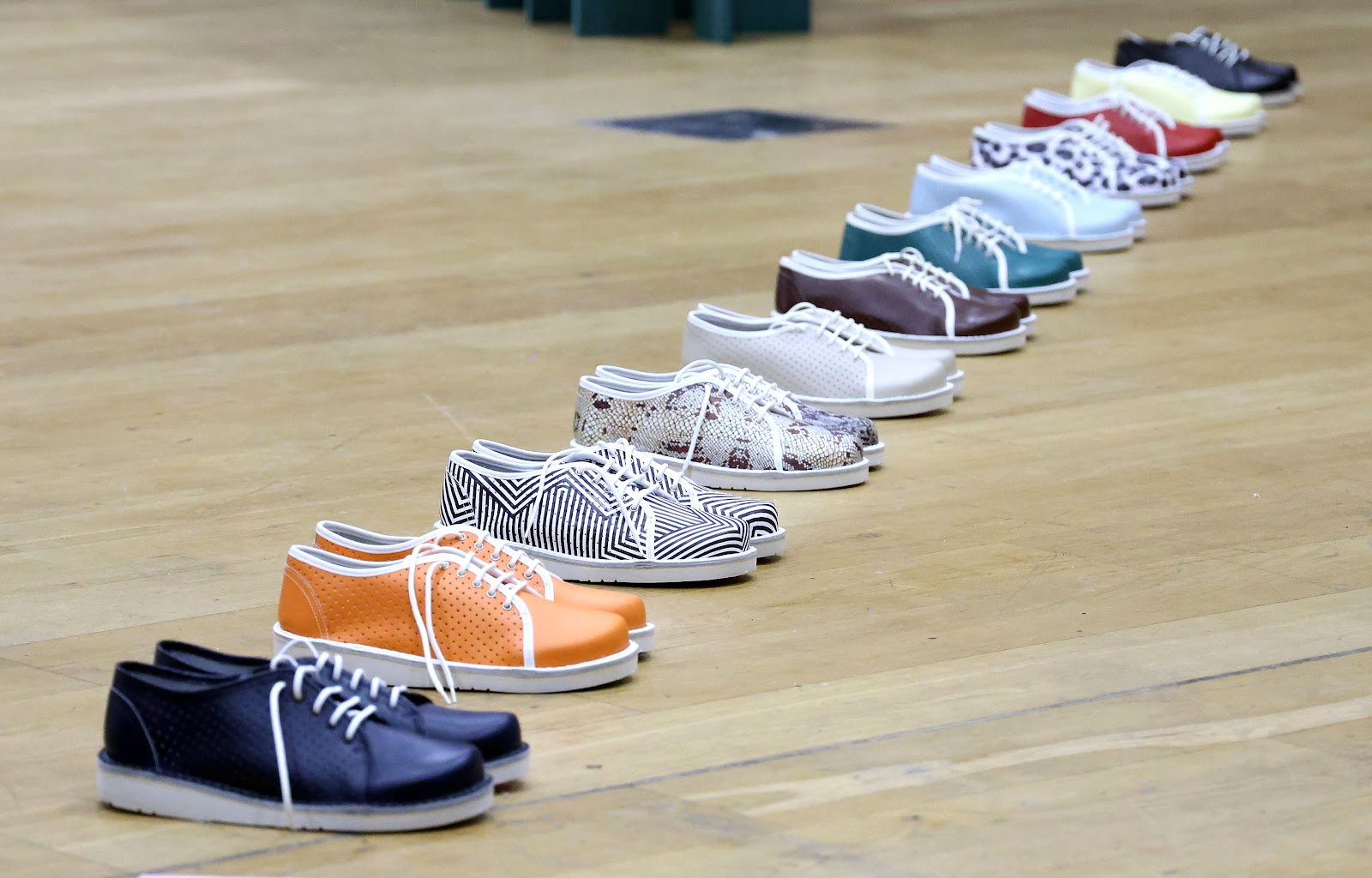








































































































































































































































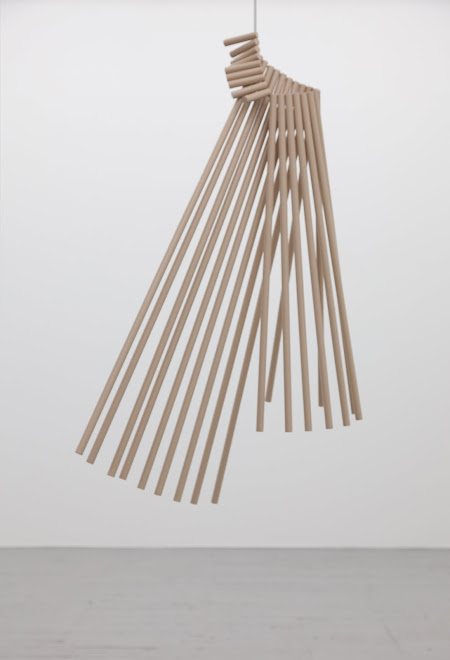




















In the course of absentmindedly running a finger along a surface, and in so doing measuring heat or sensing texture, one might be thought to be ‘being affected by’ environment, space, material; and at the same time and with the same finger one might inadvertently clean the same surface while also leaving a trace of oil from your skin thereby impacting upon, or affecting, that same environment. Is this some form of micro-relationship? How might this moment of simultaneously affecting and being affected by -both equally active states- be recorded and amplified? Minute but nevertheless tangible and vital forms of affect may be unsolicited, involuntary – perhaps this is a form of disinterested or passive affect?
In fields of art making where ‘participatory practice’ implies the audience’s ‘active’ role in producing, for example the production of a subject (the audience themselves?), there’s an increasingly pressing need to qualify the nature of that productivity. This need arises out of a more general demand for our (i.e. a viewer, client, consumer, user, operator, producer, or all of these at once) productive engagement with an infinite variety of fields where people come into contact with other matter, data, people, objects, and subjects. So one question might be about the nature of the active and/or productive relationship between people and things, people and people, and people and materials. Do those relationship generate capital or exchangeable data, and can that data be monetarized? And anyway who’s doing the acting? When does that relationship generate a space of self- or community-realisation, which in turn might have a capacity to liberate or make powerful, or promise ‘mutual-support’ as an outcome, for example? When people are consumers are encouraged to recognise themselves as consumers who should present themselves as products, who really benefits from all that productivity?
With the omnipresence of ‘activity’ and ‘interactivity’, and the time for work-time both expanding and becoming denser, passivity becomes more attractive. The attraction lies in its potential to offer rest, down-time, but also a space for undetermined speculation, a space for potential itself. ‘Active engagement’ used to imply political assertion, partaking in the production of society, investment in change, perhaps even caring for things, people and ideas regardless of whether or not they impact directly upon ones own life. How do we consolidate those positive associations with ‘action’ on the one hand with a desire for passivity on the other? However activity and passivity aren’t mutually exclusive terms, just like subject/object and author/audience. It might well be that in some cases being passive, refusing to act, constitutes, conversely, a form of activity, and vice versa. When tireless activity, self-exploitative working patterns, and the constant assertion of our own subject-hood might seem to define our contemporary landscape, then recognising passivity as vital, generating spaces for passivity, and choosing when or how to adopt a passive position might be increasingly necessary. The question of who can actually afford to practice passivity might then follow, but that stands alongside the question of who can’t.
‘In the era of biopower, what bodies are meant to produce is essentially their own economically productive lives – integrally self-converting into human capital. Life itself has become integrally capital-intensive’ (Massumi, Politics of Affect). The effects of excessively competitive and self-exploitative patterns of work arguably take root in the body. Immaterial or cognitive labour materializes, if anywhere, in or on the body, e.g. skin, eyes, limbs, joints, nerves, hair. Functioning as something of an antidote to a backdrop of ever-present activity or productivity, in the book Technologies of the Self Foucault talks about learning how to effectively take care of oneself, and in discussing this form of care, he quotes Marcus Aurelius, ‘I did little work, and that to no purpose’. So small-scale, seemingly purposeless work, or perhaps work that is done when we’re not at work or not really working at all is upheld as being valuable, and seems to be equivalent to a kind of ‘taking care’. Perhaps this ‘little work of no purpose’ can also be associated with a form of passivity?
There are three areas that I’m linking here - the active and passive nature of ‘affect’, signs of contemporary work on the body, and a notion of caring for oneself and others. I want to consider the ways in which these areas might be co-dependent.























































































(Text for wooden beams)
we’re in a delicate phase right now
we’re a fragile state
no time to talk, sorry
well, you’re not really supposed to, really familiarise yourself with the tools
thanks
put away the tools
thank you
we’re not sure when we’ll be done
we’re there now, we’re here now though, thanks nearly there, thanks
we’re there already, thanks
how long will that take then
can you come in tomorrow
it’s all here, it just needs a tweak
we’d like you’re input by Tuesday
how do you want to do this
when can we leave
can objects retire
sorry we can’t wait any longer
its very noisy, all these machines everywhere, sorry you’ll get the hang of it
hang up
make it stop, thanks
just leave it with us, thanks
we’re taking shape, don’t watch
it’ll take shape by the end of the day
its loosing shape now, see
we’re waiting for the parts
brushing, rolling, spraying, brushing, rolling
we should have left hours ago
we should have left years ago
you should have left by now
harder, now softer, thanks
shake it, shake it harder
its, you know, just don’t
please, you know
we’re beginning to shake
just a bit of slack
a bit more
loosen your grip
we wish you’d loosen your grip
trembling, can’t help it
we can’t help it
suddenly we’ve not a word to say, that’s hard there’s nothing we can do about it
all these processes to get here
turn turn again, turn again
just think of it as a rehearsal, just relax
just let it, you know
loosen your grip, please
we’ve been here all day
we’ve been here all night long
day in, day out, rain and shine
we just can’t, sorry
that’s what’s left
that’s what’s left of it
we’re what remains of it
do it and pass it on
stand back, thanks
lay them down
you don’t have to hold, touch, anything
you don’t, you know
just be close, thanks
just be near, thanks
please don’t
we’ve been through this
sorry
sorry no breaks
learning new tricks is what we do
don’t mind us
no breaks thanks
just look, no hands
thanks, sorry
it’s constant
hum
we’re various tones
that’s it
that’s all
yes, thanks






































































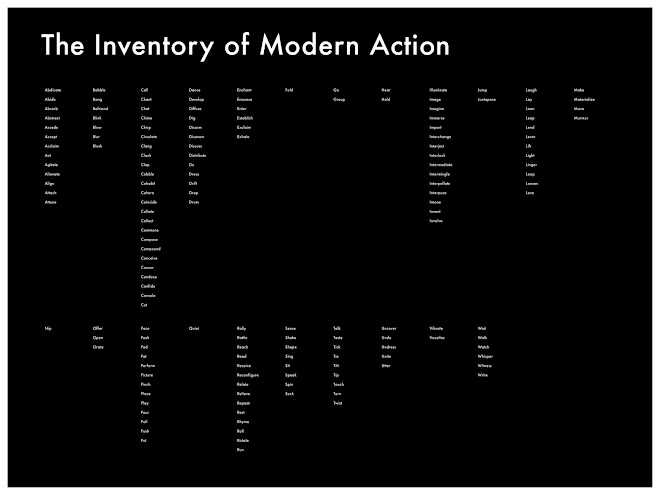.jpg)




















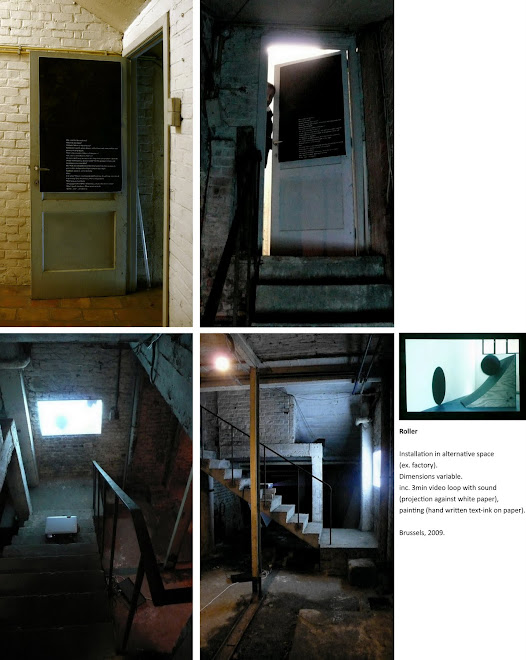.jpg)
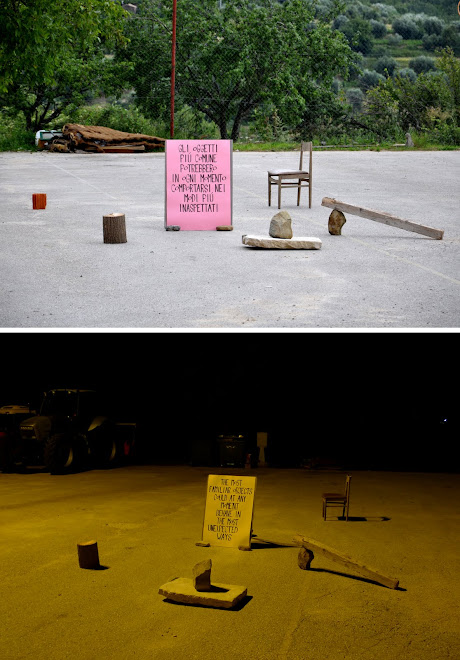

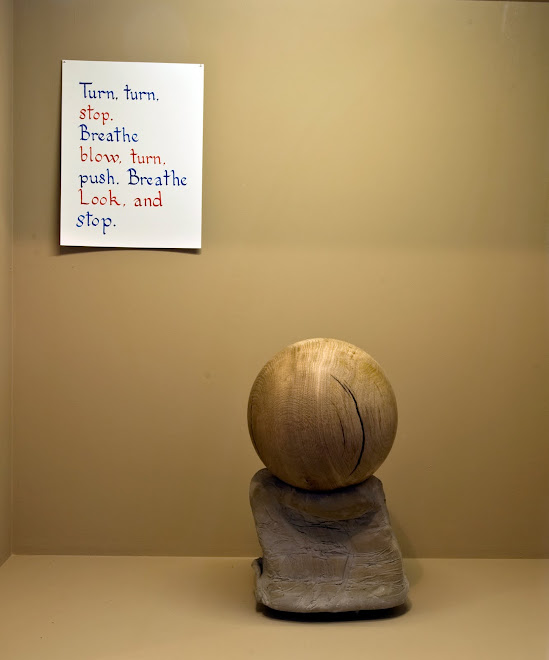













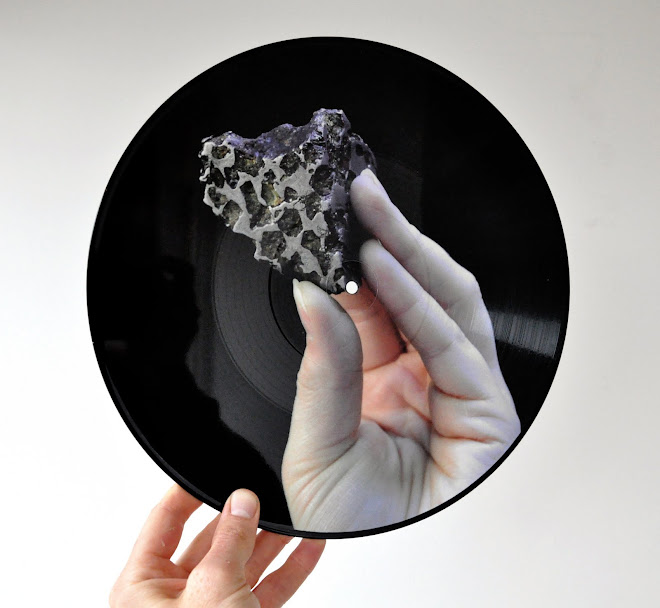



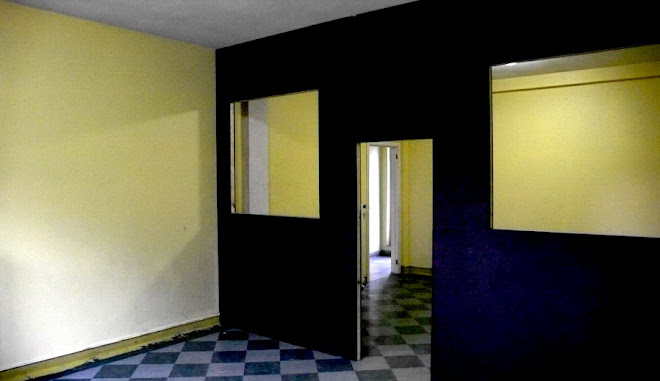

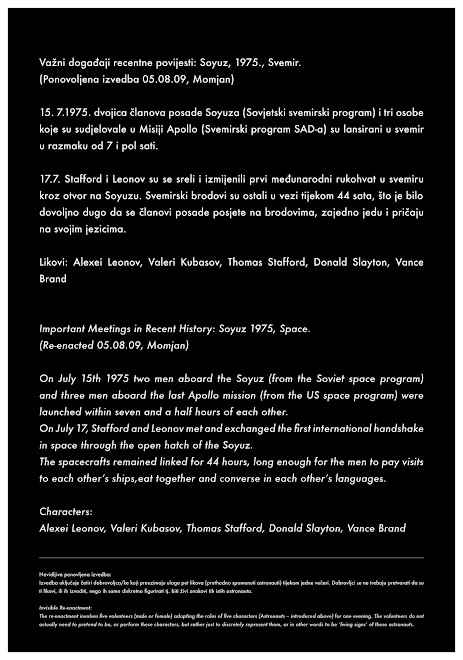
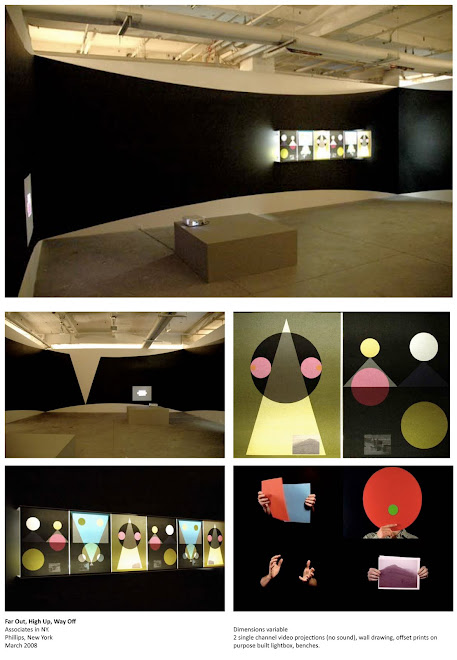


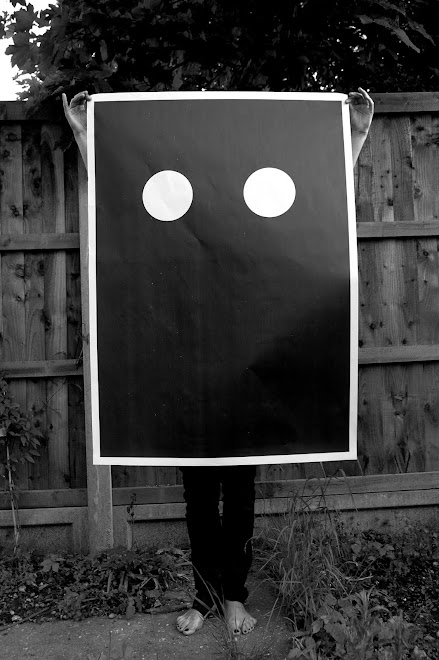.jpg)



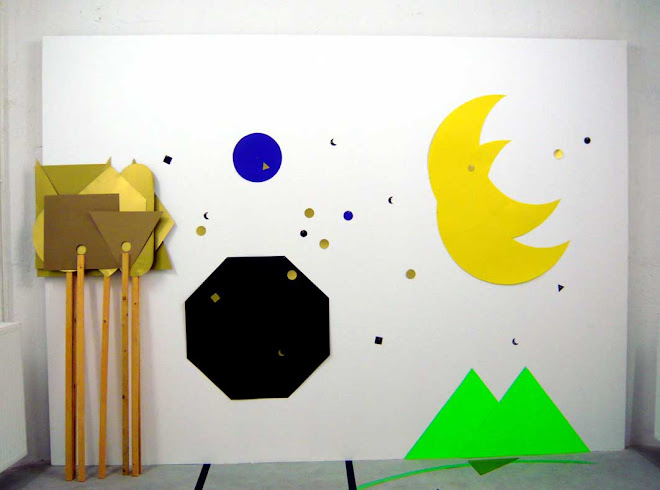.jpg)

Ben Cain (b.1975 Leeds) lives and works in London and Zagreb. He is primarily involved in the production of video installations, sculpture, audio work, performances and printed matter, which deal with the convergence of theatre and documentary information, with a particular interest in facilitating and highlighting the viewers’ role in the emergence of subjects and objects. The work tends to be formed through interplay of saying and doing, production and description, action and imagination; where specific outcomes remain unstable and illusive. Recent work has increasingly focused on sight, speech and bodily movement in the process of developing work that oscillates between the visible and non-visible, the physical and the imagined.
Since 2002 Ben Cain has been making posters that either accompany gallery installations, or exist as stand-alone works that are displayed in public space as well as private and domestic settings. Positioned somewhere between the ‘agit’-style formal and highly functional public announcement, and a more intimate and sometimes poetic form of address, these posters often ask their audience to re-assess their perception and influence on the immediate surroundings. Addressing the reader as one who might belong to a potentially effective group, gently urging them to consider the implications of their status as a member of ‘the public’ is a theme that’s often present in the posters, but is also one which frequently emerges in other work.
Ben Cain has been exhibiting internationally for over ten years. In the last year he has exhibited in various places including the Slought Foundation, Philadelphia; Garanta Perform, Istanbul; Wiels, Brussels; the ICA, London; and Lenbachhaus in Munich.